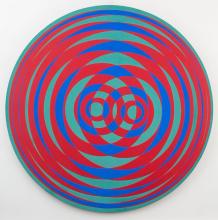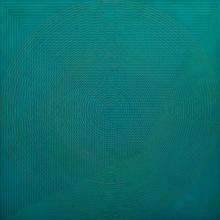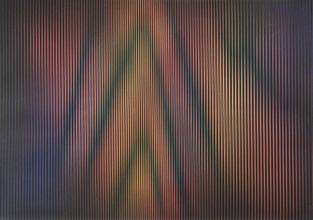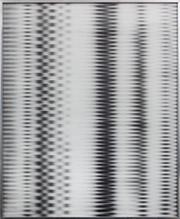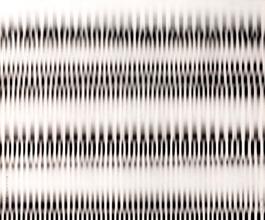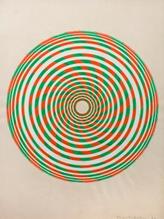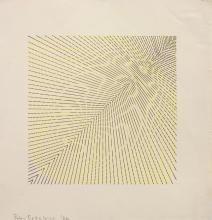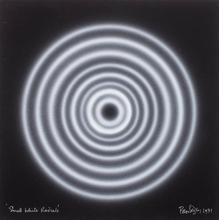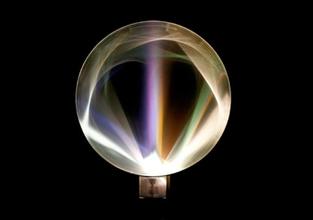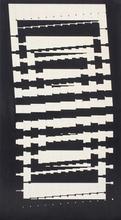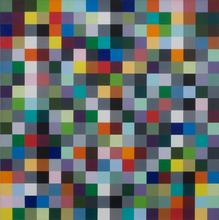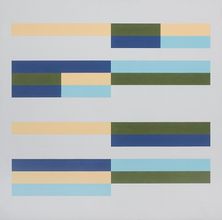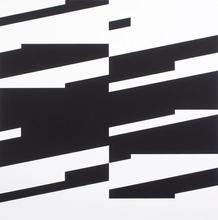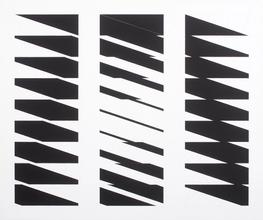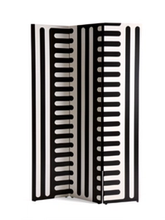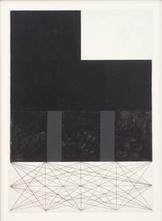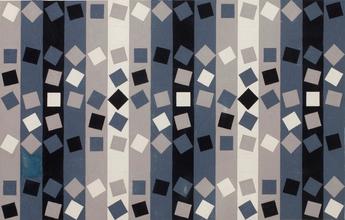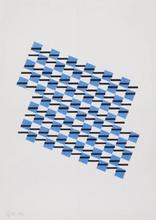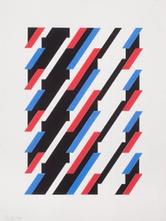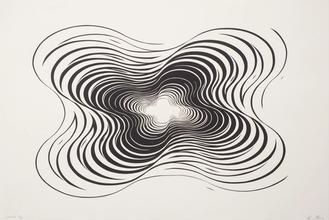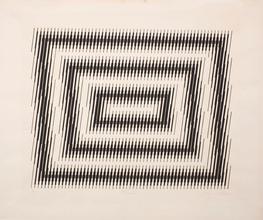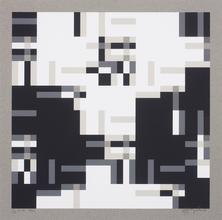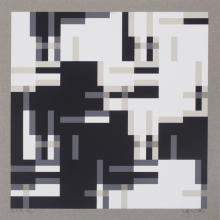Sedgley and Steele: An Adventure in Change
14th November 2023 - 31st January 2024
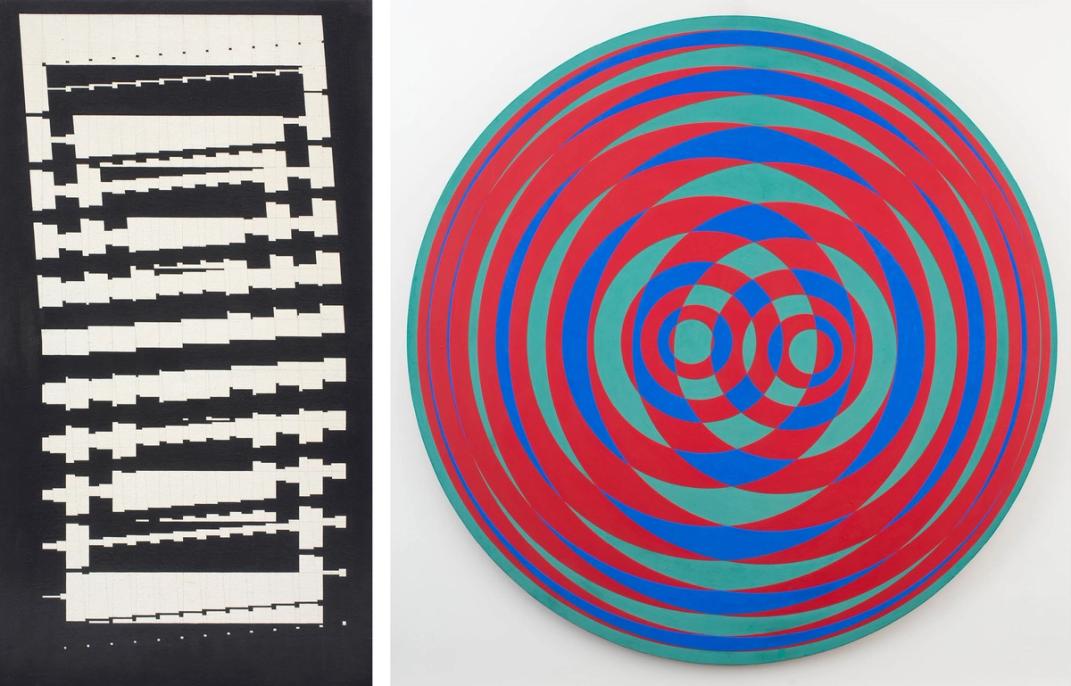
We are delighted to present an exhibition of two leading British abstract artists, Peter Sedgley and Jeffrey Steele, who found themselves at the center of the ‘Op Art’ zeitgeist in the 1960s. During this decade art was liberated from the canvas surface, directing itself within the eye and brain. Art was no longer fixed in time but instead embodied an ‘adventure in change’. Both Sedgley and Steele were included in William Seitz’s seminal exhibition ‘The Responsive Eye’ at MOMA, New York, in 1965, alongside prominent artists such as Josef Albers, Max Bill and their contemporary, Bridget Riley. The exhibition at Austin Desmond concentrates on groundbreaking optical works from that period.
In 1959 breaking away from his architectural background, Peter Sedgley came to painting through Surrealism, in particular the works of Max Ernst and Paul Klee. Inspired also by the writing of Goethe, Sedgely was quick to understand and free himself from the imagery of the past. Often employing the use of the circle or target, he started upon his investigations into colour in motion. Included in the exhibition is a magnificent example of a 1964 painting, Red, Blue & Green Target. A key perceptual work of the era, the painting is not a static object but a dynamic invitation to the viewer. Sedgley’s work pulsates and rotates before us, volatile and alive with possibilities.
Cardiff born Jeffrey Steele, a rebellious art school student, travelled to Paris on a scholarship in 1959. It was there that he came across the works of Albers, Bill, Vasarely and Soto which would spark a lifelong career in abstraction, producing the earliest Op paintings undertaken in Britain in 1960. The exhibition includes a significant painting by Steele, Structure with Possibility of Continuous Transformation from 1962, an early monochrome work which demonstrates his propensity for near scientific rigour. Unlike Sedgely, Steele spent the first eight years of his career working in black and white. Whilst the work can be seen as a mathematical endeavour, it also has a dynamic effect on our perception with seemingly infinite variations.
By the end of the 60s Steele would move away from ‘Op Art’ co-founding the Systems Group in 1969 with Malcom Hughes, Michael Kidner, David Saunders and Jean Spencer. Steele embraced the use of colour whilst staying loyal to the mathematical language he had developed. The exhibition includes major paintings from this period. Sedgley on the other hand, would expand his interests into light and space, experimenting with new media and cutting-edge techniques.

